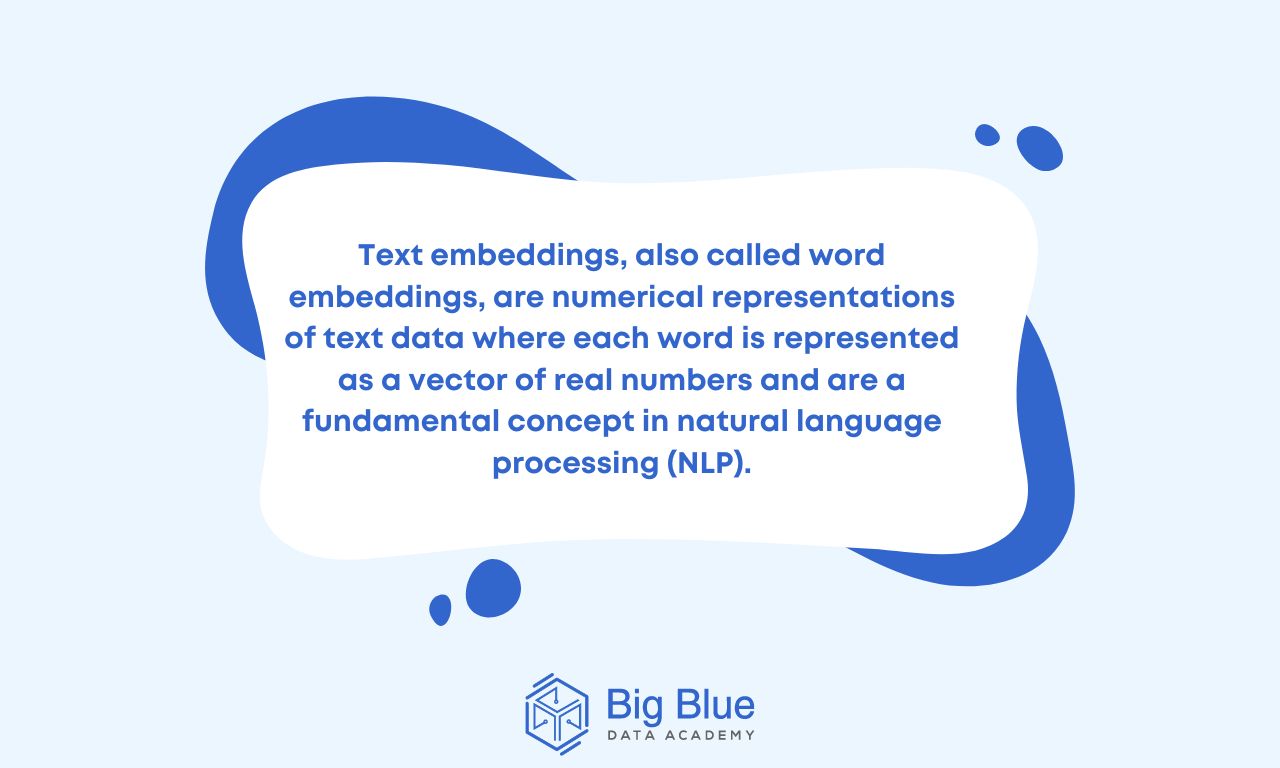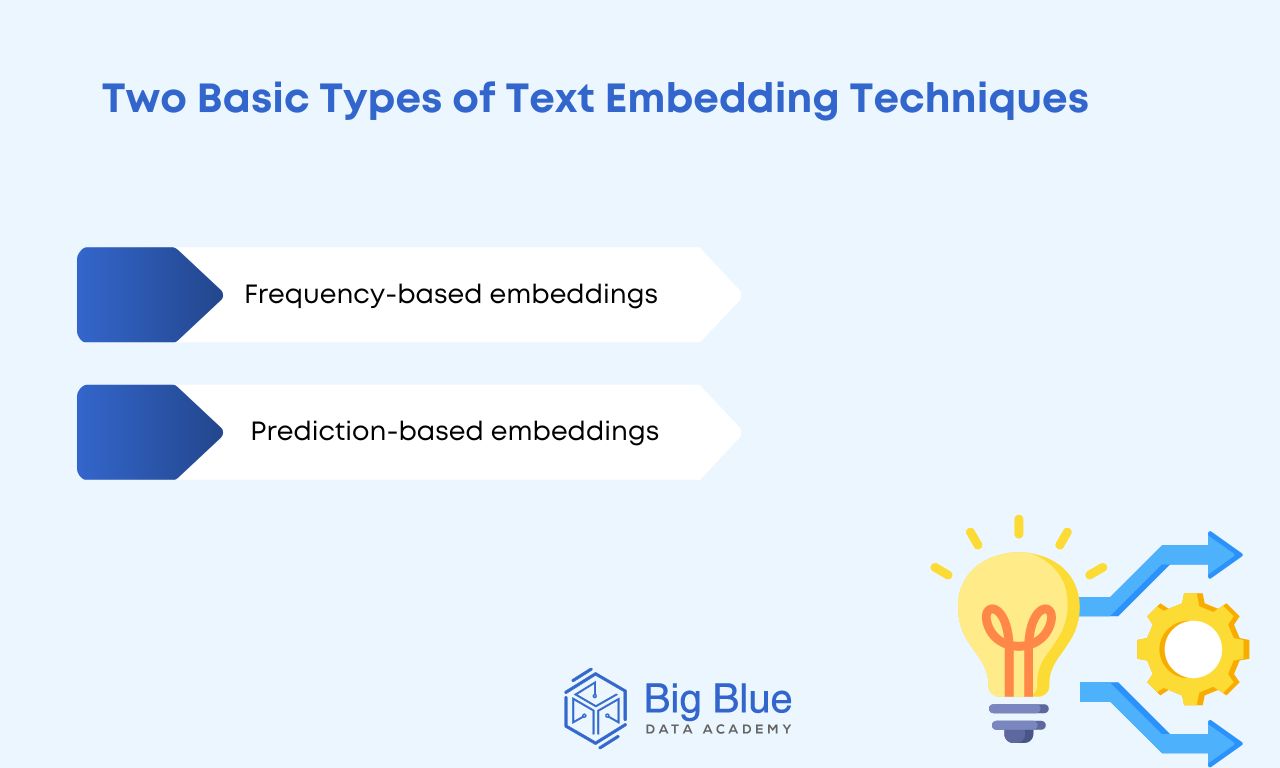Text Embeddings: Definition, Importance & Applications
NLP, a branch of artificial intelligence that refers to the way machines perceive and understand human words like humans themselves, has seen significant developments in recent years.
Text embeddings are a fundamental concept in natural language processing (NLP), which we will talk about in today's article in detail.
In particular, in today's guide we will see:
- What are text embeddings?
- What advantages do they offer?
- What are some of their key applications?
Before we dive in, let's start with a basic definition.
What Are Text Embeddings and Why Are They Important?
Text embeddings, also called word embeddings, are numerical representations of text data where each word is represented as a vector of real numbers and are a fundamental concept in natural language processing (NLP).
To a significant extent, text embeddings have allowed language models such as recurrent neural networks (RNNs), BERT, and GPT to evolve at such speed.

The way they work is as follows.
By converting text data into a numerical form, machine learning algorithms can effectively understand and process human language.
These embeddings are generated by machine learning models and are crucial in cases such as text classification, information retrieval, and semantic similarity detection.
After seeing some basics about text embeddings and their importance, let's see what basic text embedding techniques there are.
2 Basic Techniques for Text Embeddings
There are two types of techniques for text embeddings.
Let's see them in detail below.

Technique #1: Frequency-based embeddings
This method uses the frequency of words to create their vector representations.
This technique is based on the idea that the meaning of a word can be inferred from how often it appears in a text.
Technique #2: Prediction-based embeddings
This technique captures semantic relationships and contextual information, providing rich representations of the concepts and semantic relationships of words.
Prediction-based embeddings are created by machine learning models that learn to predict words from their neighboring words in sentences.
In fact, modern and sophisticated NLP models usually use this type of technique.
The basic subcategories of prediction-based embeddings are Word2Vec and GloVe.
Continuing, let's see how text embeddings are used in the field of NLP.
How Are Text Embeddings Used in the NLP Industry?
The applications of text embeddings span various NLP tasks.
Their most basic uses are the following:
Text summarization
Text embeddings allow the development of abstract text summarization algorithms to generate summaries with strong semantic meaning, rather than simply extracting some key sentences from the text.
The text produced is qualitative, coherent, and contextually relevant.
Automatic translation
Text embeddings are used very effectively to enhance automatic translation, as they can capture semantic concepts in all languages.
Sentiment analysis
Text embeddings capture the semantic meaning of words, enabling more accurate text classification and sentiment analysis, offering valuable insights for a wide range of businesses.
Recommendation systems
Text embeddings have the ability to improve the quality of recommendations by effectively and efficiently understanding user preferences based on their interaction with text data.
This fact modernizes these systems which have particular dynamics in the marketing, e-commerce, and of course entertainment industry with one of the most popular examples being Netflix.
Ramping Up
So we talked extensively about text embeddings, their importance in the NLP industry and mentioned some basic techniques they use.
Overall, text embeddings represent an important development in the field of NLP, capturing the semantic and syntactic relationships between words, which are crucial for tasks such as information extraction, semantic search, and machine translation.
The field of data science offers many career opportunities and very good-paying jobs. So if you're involved in this subject and want to enrich your knowledge, read more related articles on our blog.


.jpg)